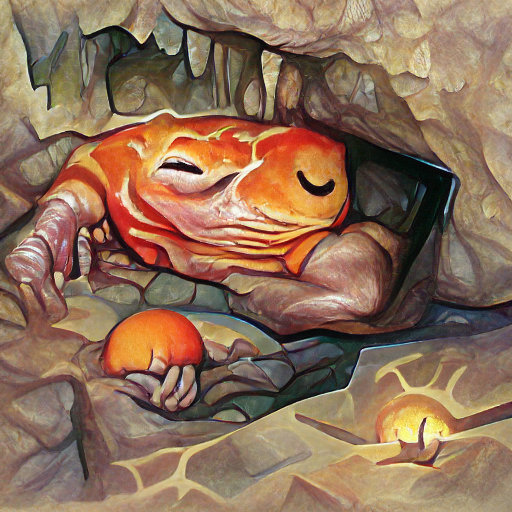

The adrakas is a giant leathery fish about the size of a small city. Its highly porous skin allows it to breathe in the water or on land, and its mouth is designed to eat all manner of creatures, from mammals to plants to rocks. The adrakas lifespan has yet to be determined, but they've been reported to have endured through more planetary-scale changes and geologic periods than mankind has. They have no known predators.
Explore an endless universe of ficticious life on NovelGens.





